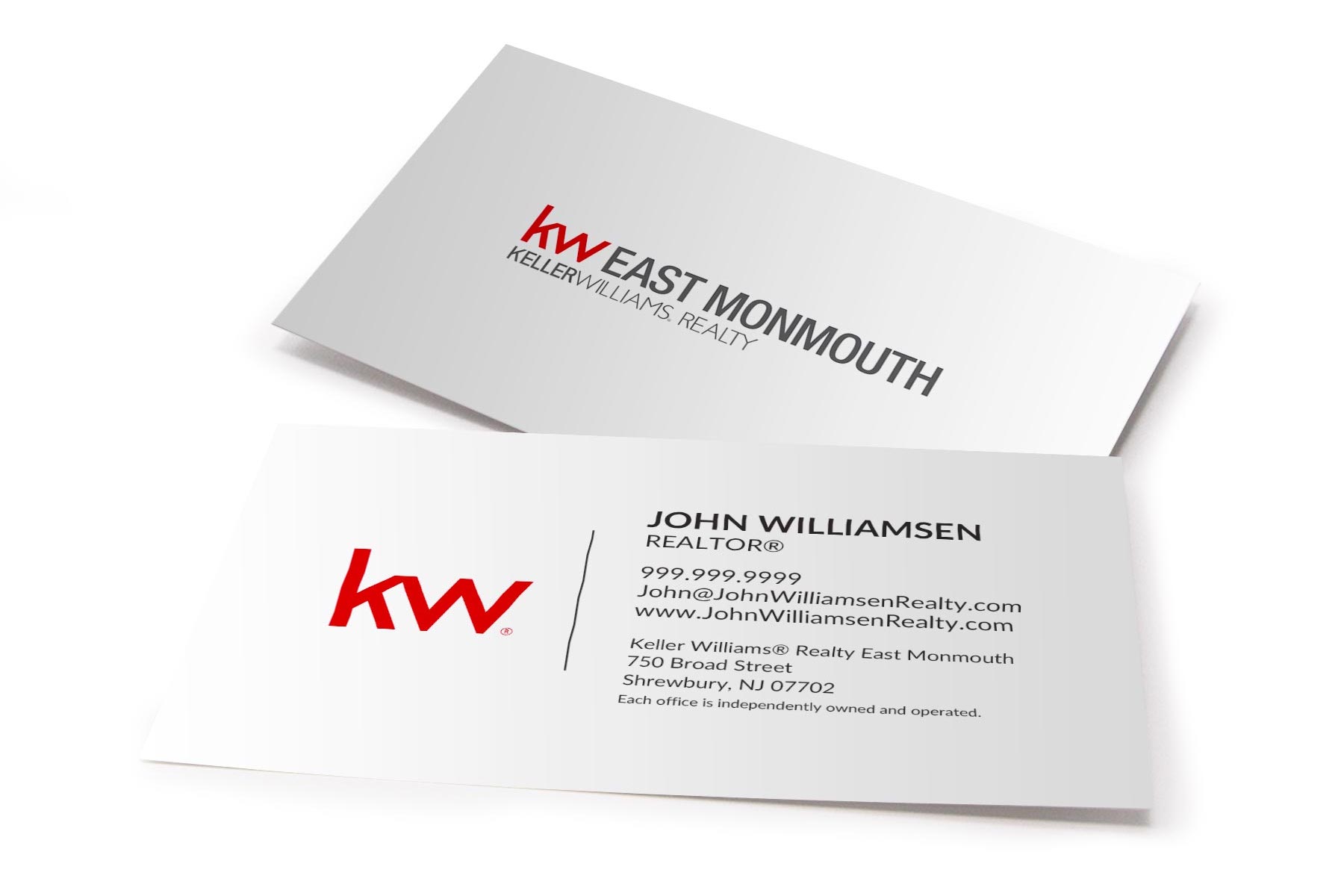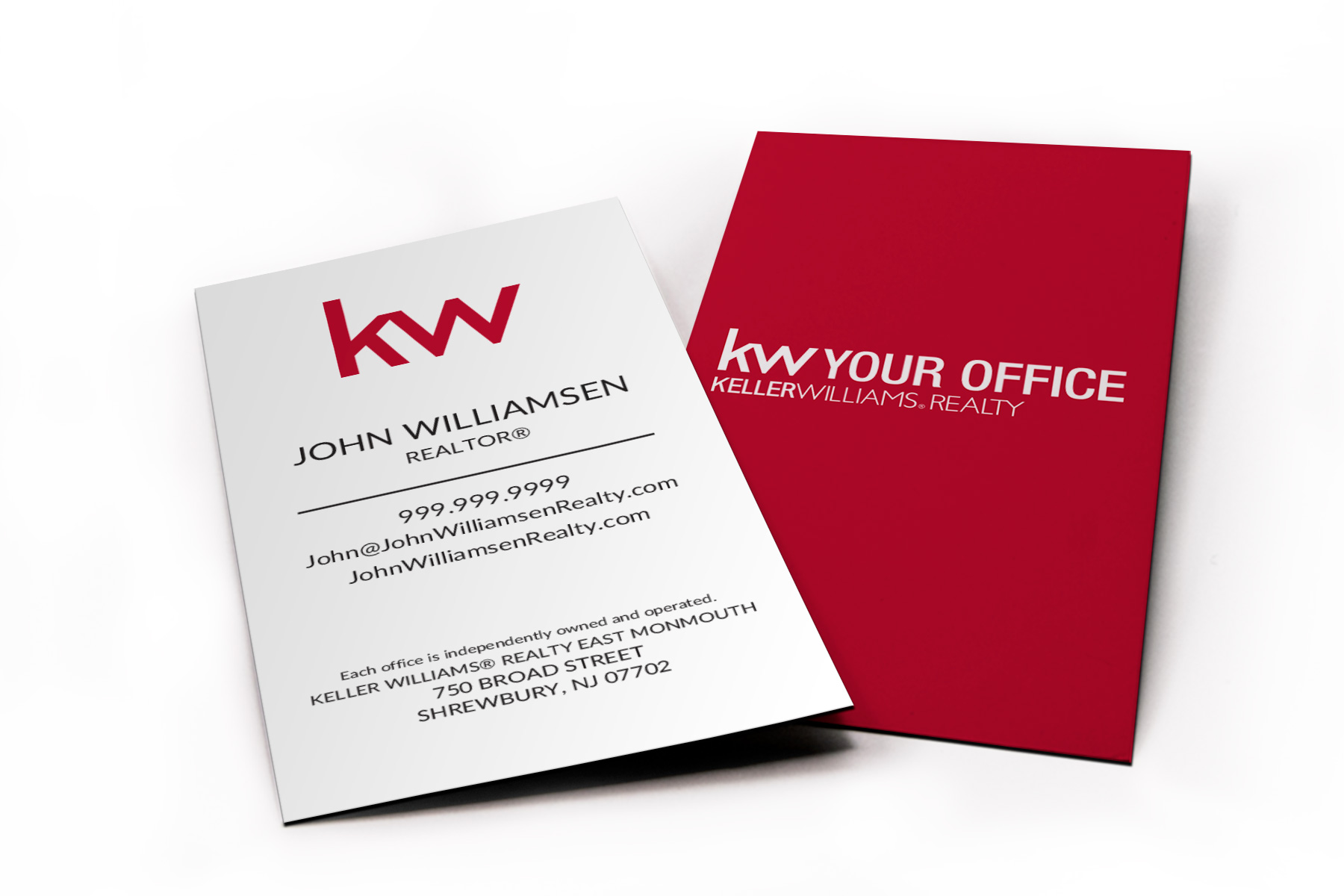
If youâ_x0080__x0099_re starting a new business, attending networking events, or simply want to make a strong impression in your professional life, having a well-designed business card is essential. Business cards play a crucial role in introducing yourself, making connections, and leaving a lasting impression on potential clients or partners. In this comprehensive guide, we will explore everything you need to know about business cards, from their importance and design elements to printing options and etiquette. So letâ_x0080__x0099_s dive right in and discover how to create a remarkable business card that will set you apart from the competition.
The Importance of Business Cards

Despite the rise of digital communication, business cards have not lost their significance. In fact, they remain an integral part of professional interactions for several reasons:
- First Impression: A business card is often the first physical impression you make on someone you meet professionally. It sets the tone for the interaction and can leave a lasting impression.
- Memorability: In a sea of digital contacts, physical business cards offer a tangible reminder of the encounter. When someone flips through their collection of cards, yours will stand out and jog their memory.
- Professionalism: Having a well-designed and high-quality business card showcases your professionalism and attention to detail. It demonstrates that you take your work seriously and are committed to maintaining a strong presence in the business world.
- Networking: Business cards provide an easy way to exchange contact information during networking events or chance encounters. They enable you to quickly share your details and open up opportunities for future collaboration.
Designing an Eye-Catching Business Card

When it comes to designing a business card that catches the eye, several key elements should be considered. Whether youâ_x0080__x0099_re working with a professional designer or creating the design yourself, keep the following in mind:
1. Branding
Your business card should be an extension of your brand identity. Incorporate your logo and use consistent colors, fonts, and design elements that align with your brand. This ensures that your business card remains consistent with the rest of your marketing materials and boosts brand recognition.
2. Layout and Composition
A well-structured layout is crucial for readability and visual appeal. Avoid cluttering the card with excessive information. Instead, embrace white space and use a grid-based layout to create a balanced composition. Consider grouping related information together for easier reading.
3. Fonts
Choose fonts that are easy to read and reflect the personality and tone of your brand. Use contrasting fonts for the card’s heading and body text to maintain clarity. Stick to one or two typefaces to maintain consistency and avoid overwhelming the reader.
4. Colors
Selecting a color scheme that aligns with your brand is essential. Make sure the colors you choose harmonize well with each other and evoke the desired emotions. Remember that different colors can convey different meanings and associations, so choose wisely.
5. Contact Information
Include the essential contact details on your business card: your name, title, company name, phone number, email address, and website. If relevant, you may also include your social media handles. Keep in mind that space on a business card is limited, so ensure the information is concise but comprehensive.
6. Unique Elements
To make an even stronger impression, consider adding unique elements to your business card design. This could include embossing, foil stamping, die-cutting, or incorporating special materials like textured paper. These elements can elevate the overall look and feel of your card, making it more memorable.
Printing Options for Business Cards
Once you have finalized your business card design, it’s time to choose a printing option that suits your needs and budget. Several printing techniques and materials are available, each offering different advantages. Here are some common options to consider:
1. Offset Printing
Offset printing is a traditional and cost-effective method that produces high-quality results. It is ideal for large-scale printing and offers a wide range of paper choices. However, it may not be suitable for small print runs or designs with complex finishes.
2. Digital Printing
Digital printing is a modern and flexible option that allows for quick turnaround times and smaller print quantities. It is suitable for designs that require customization or variable data printing. While digital printing is more affordable for smaller quantities, it may not offer the same level of color accuracy as offset printing.
3. Letterpress Printing
For a luxurious and tactile finish, letterpress printing is an excellent choice. This technique uses a raised plate to press the ink into the paper, creating a unique and textured result. However, letterpress printing can be more expensive and time-consuming compared to other methods.
4. Specialty Finishes
To make your business card truly stand out, consider adding specialty finishes. This could include foil stamping, embossing, debossing, spot UV coating, or die-cutting. These finishes add depth, texture, and visual interest to your design, making it more memorable.
Business Card Etiquette

In addition to designing and printing your business cards, it is crucial to follow proper etiquette when exchanging them. Here are some key etiquette guidelines to keep in mind:
- Always carry your business cards: Be prepared to exchange business cards during networking events or professional gatherings. Keep a few cards accessible at all times in a cardholder or case.
- Present your card properly: When exchanging business cards, use both hands to offer and receive cards. This gesture is particularly important in cultures where this practice is customary.
- Receive and acknowledge the other person’s card: Take a moment to read the card you receive, and if appropriate, comment on it or ask a question. This shows respect and genuine interest in the other person.
- Handle cards with care: Treat business cards with respect. Avoid bending, folding, or writing on them unless necessary. Keep them in a cardholder to prevent damage.
- Keep cards organized: After receiving a business card, make a note or reminder of where and when you received it if needed. This will help you remember the context of the meeting and facilitate follow-up communication.
Conclusion

As you can see, business cards continue to play a vital role in professional interactions. From leaving a lasting impression to facilitating networking opportunities, a well-designed business card holds immense value. By incorporating your branding, paying attention to design elements, choosing the right printing option, and following proper etiquette, you can create a remarkable business card that effectively represents you and your business. So, invest time and effort in creating a captivating business card, and let it become your powerful tool for making connections and expanding your professional network.
Sophia is a branding expert who intertwines style and substance in her writing. Her marketing background and love for fashion contribute to her unique take on business card design. When not writing, Sophia explores her creative side through painting and DIY projects.